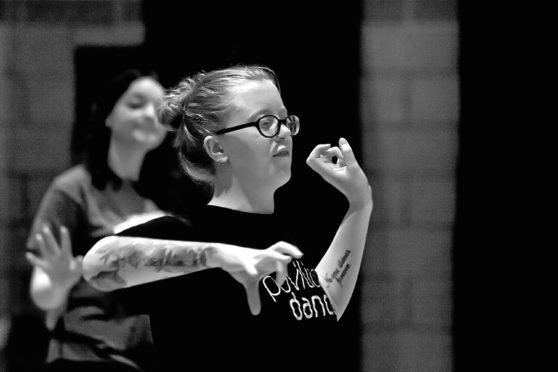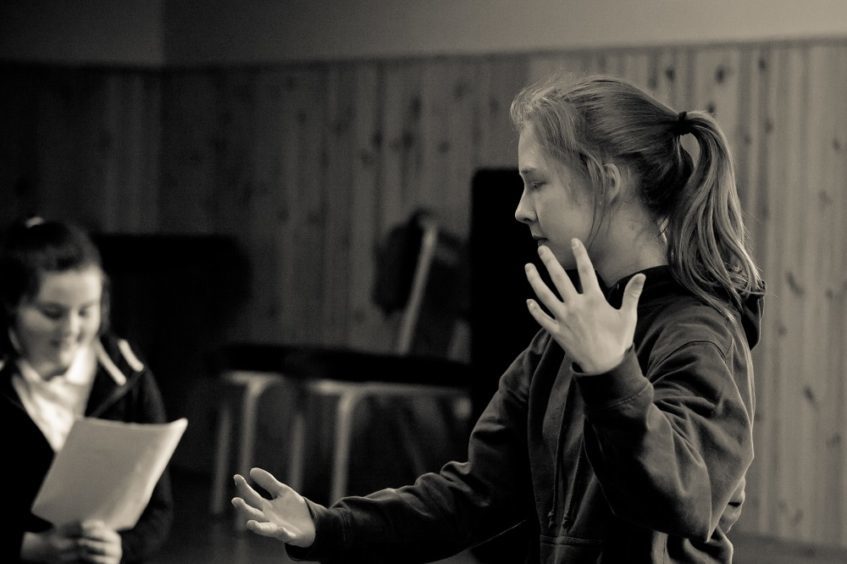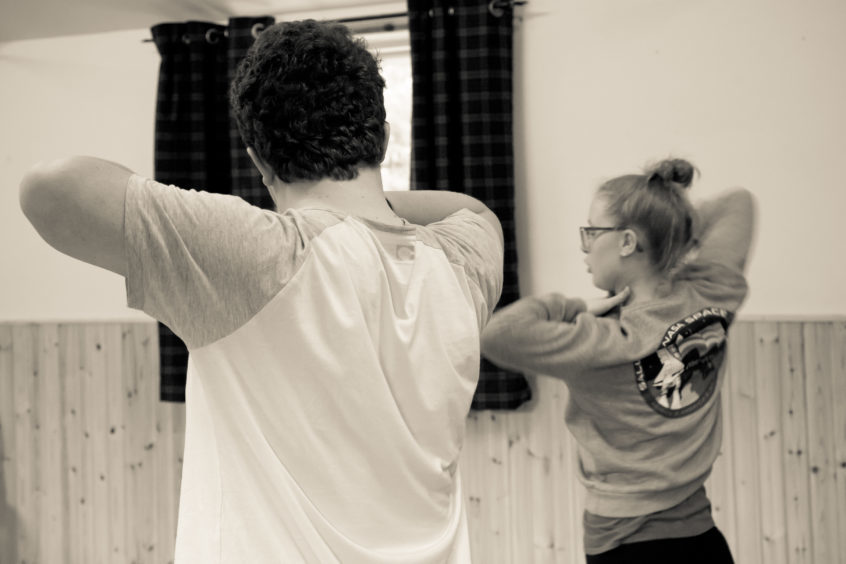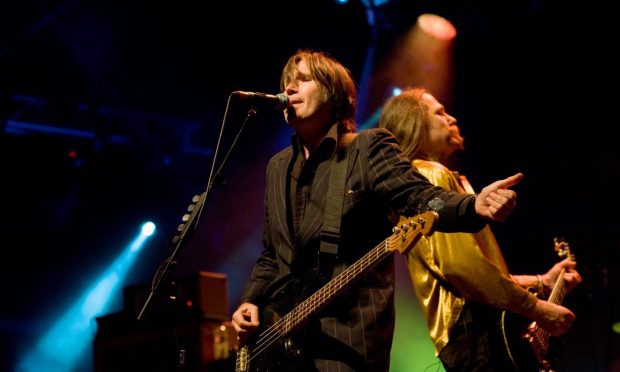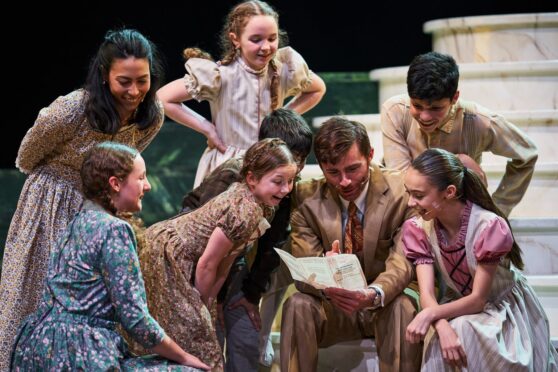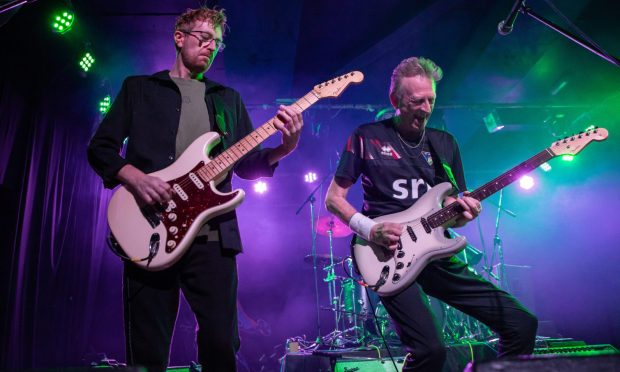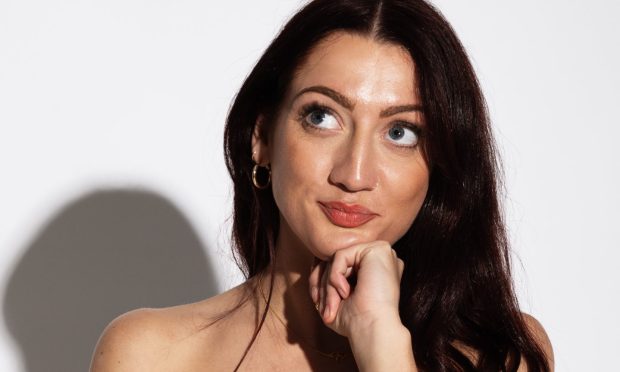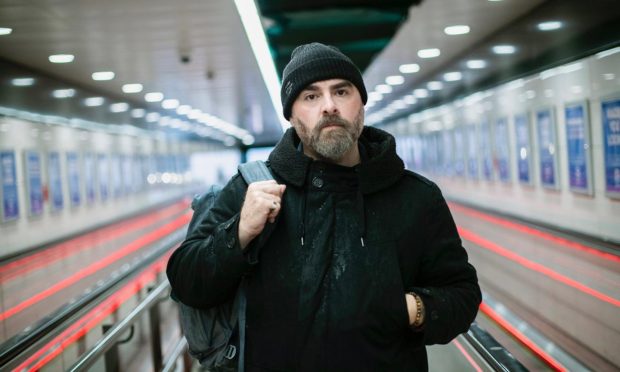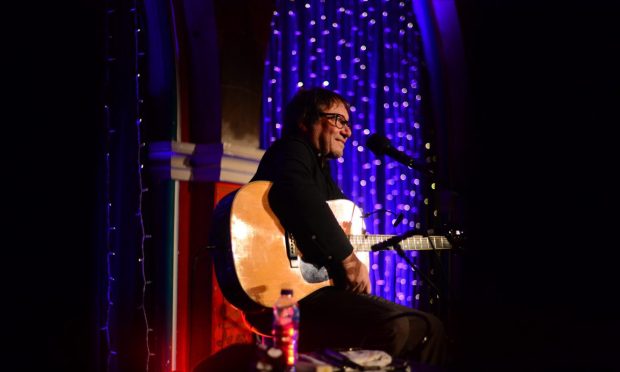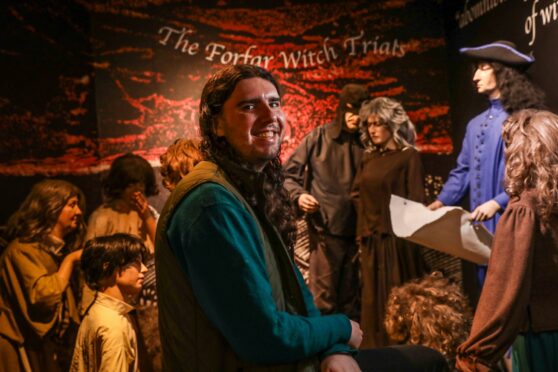I have vivid memories of playing Monopoly into the night with one of my older brothers when we were younger. He is five years older than me, and I remember my mum telling us it was time for me and my twin brother to go to bed.
My older brother would always convince her that we were nearly finished because he was on the verge of bankrupting us both. When she turned her back, he’d slip us extra fake cash to make the game last longer. We loved those nights.
So when the opportunity came to apply for Creative Dundee’s Community Ideas Fund through their Amps programme, one of my first instincts was to ask game designer Malath Abbas (Biome Collective) if there was something we could do together. We thought it would be interesting to use this chance to see how our two brands of creativity could combine.
I’m a dancer and a choreographer. Through my company, The Artifact, I create dance in conversation with other art forms, and often use words as the soundtrack, rather than movements.
I met up with Mal late last year to brainstorm ideas for collaboration. The result was a pilot project allowing us to test how our practices worked together. We titled it “LEVELs”.
Young people aged 7-11 who were using Dundee Women’s Aid’s service joined us for two workshops to create a game using paper prototyping, word games and movement. We explored playful making through experimentation, creative expression and collaboration.
Together we created paper versions of well-known games, developed characters and choreographed their movements, body language and voices.
In recent years, gaming has been recognised as something that can contribute to a child’s learning.
For young people who struggle to engage with the way lessons are traditionally taught, games can be a tool through which to understand new ideas.
For the young people we worked with, it has allowed them to gain a sense of achievement they hadn’t before, as one young person commented: “I was proud when I finished the game, because I didn’t know I could do that until I came here.”
We learnt a lot too; the process of working with Mal has helped me develop my own creative practice further. Approaches that I would have usually used in my own dance and spoken word workshops aren’t necessarily relevant in a game design collaboration, and so the project has pushed me to come up with new ideas for creative tasks.
Each stage in our process has been about designing something new.
At the end of these pilot workshops, we intend to envision what could be possible with different groups of young people over a longer period of time.
How can we harness some of the mini-breakthroughs we’ve had and turn them into something bigger?
I spent the bus ride home after the final workshop thinking through a task that had gone particularly well, using dice to determine how the player of the game got to know their character.
It only took a few minutes, but I now envision it taking up a whole session, tapping further into Mal’s gaming knowledge to develop a step-by-step process for getting inside a character’s head; understanding their every movement, thought and sound, and helping young people to understand the world around them in the process.
Huge thanks go out to the Children and Young People’s team at Dundee Women’s Aid. We couldn’t have done this without their support.
